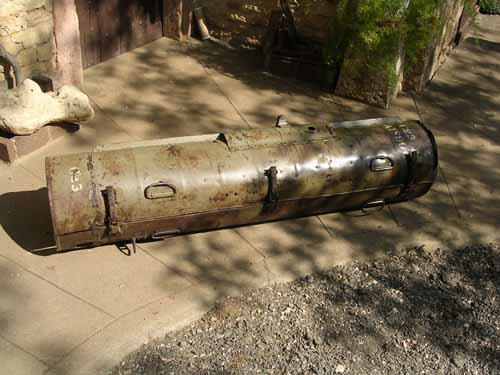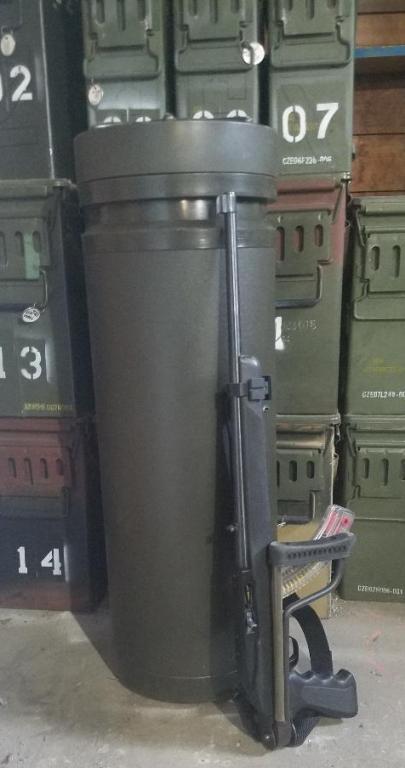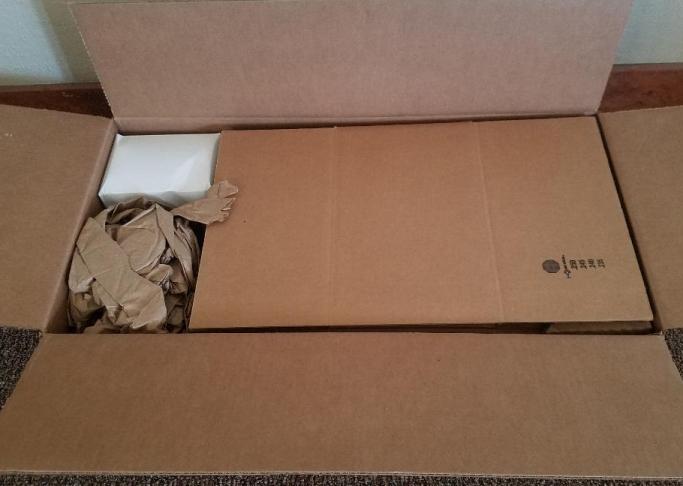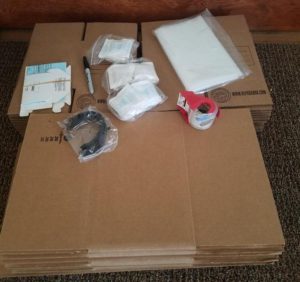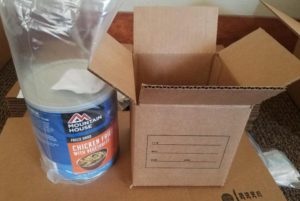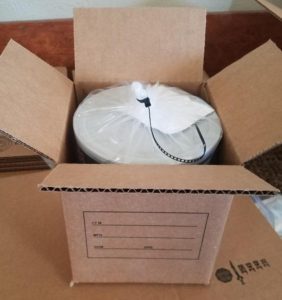So I had a fairly lousy experience with the aftermarket magazine that came with the Mini-14GB I picked up a few weeks ago. I really shouldnt have been too surprised since the prevailing wisdom is that, currently, there are NO acceptable aftermarket mags. Now, as much as that was a bad experience at the range, paying $30 (dealer cost, mind you) for a factory magazine is an even uglier experience.
Now, an important distinction really needs to be made here. I almost always prefer factory mags (or .gov contract mags) to aftermarket mags for my guns. BUT…for a non-critical gun, or what we can basically call a ‘range toy’, I don’t mind aftermarket magazines. (I mind junk aftermarket mags, but a good aftermarket mag is acceptable.) So, since this Mini-14 isn’t really on my radar for an End Of The World sort of thing, I don’t mind using aftermarket mags if they are good aftermarket mags.
(However, in the name of transparency, I will say that I am going to pick up four factory mags ‘just in case’.)
Anyway…
Over on YouTube there’s a gear/guns channel I watch from time to time that does the sorts of gear evaluations I like – they buy the gear, they test the gear, they beat the gear, the review the gear. They had a video up on the Tapco aftermarket mags and they got great reviews. Ok, let’s get a few and see what they’re offering………
- Overall Impression
- Metal reinforcement and lockup
- Basepad and follower
- Legacy gear compatability
- Pricing
Overall Impression
Tapco has been (and somewhat still is) the source of many memes and disdain in the gun community. Their name has even been made into a verb – “Bubba got that SKS and he Tapco’d the hell out of it. Look at all that crap!” But, apparently, they are making a pretty slick Mini-14 magazine.
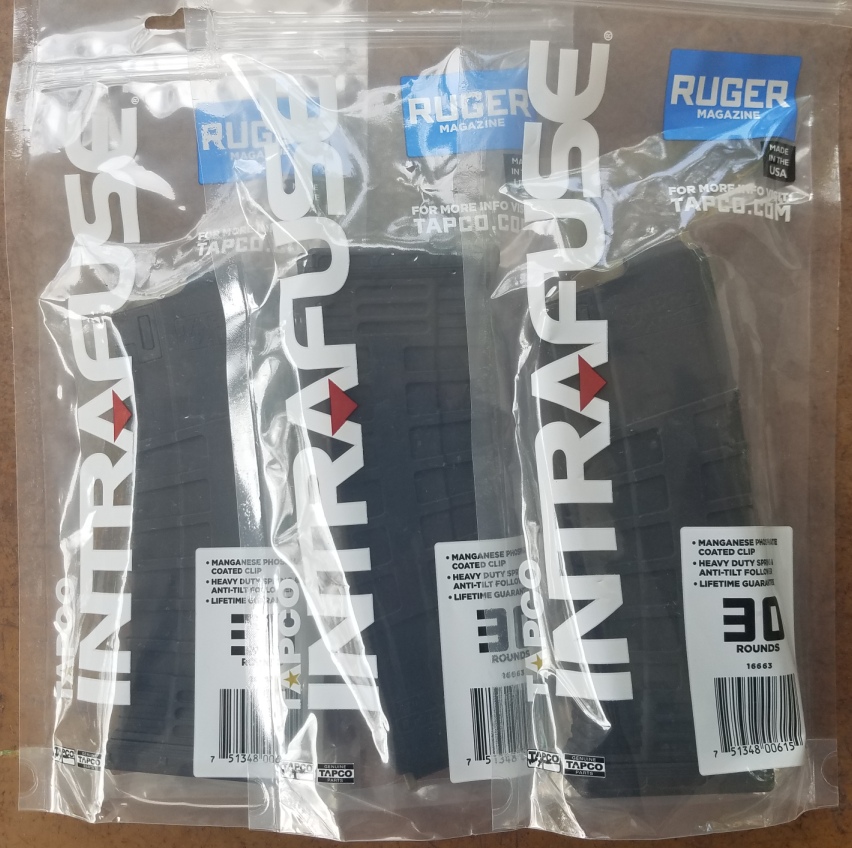 The Tapco Mini-14 magazine resembles a Magpul PMAG in many ways. The follower is very reminiscent of the Magpul, and the overall ‘feel’ of the polymer/plastic is also very similar.
The Tapco Mini-14 magazine resembles a Magpul PMAG in many ways. The follower is very reminiscent of the Magpul, and the overall ‘feel’ of the polymer/plastic is also very similar.
Metal reinforcement and lockup
These mags are the second generation of Mini-14 mags from Tapco, the first generation did not have a metal reinforcing tab where the engagement/lockup of mag-to-gun took place. As a result, wear and deformation could occur that would cause magazines to seat improperly which, naturally, leads to reliability issues. Case in point: look at this aftermarket metal magazine which it appears could have stood a little heat treating. The post-in-hole lockup area is pushed inward from repeated magazine insertions. As the metal pressed inwards, it made seating the magazine securely more difficult which exacerbated the problem by trying to ‘force’ the mag to seat…which just pushed the metal further inwards.
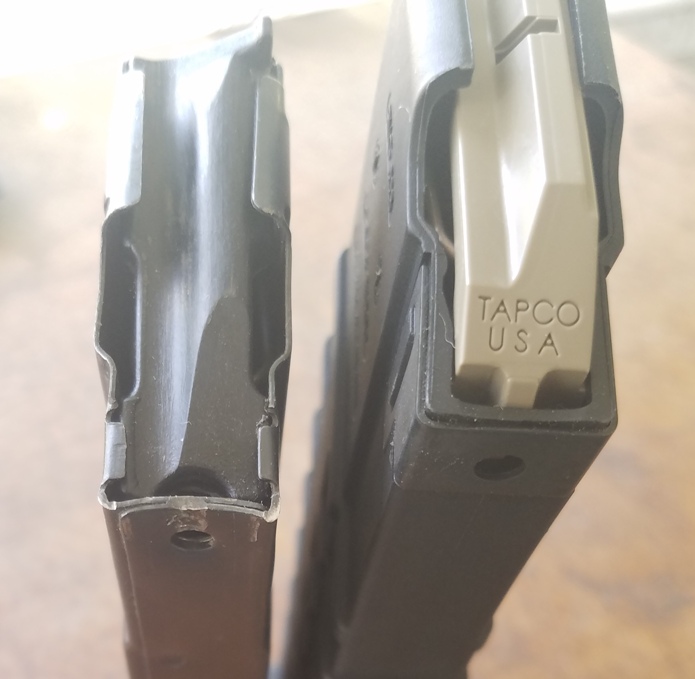 The Tapco magazine has a steel clip surrounding the front of the magazine to take the wear and resist this sort of issue. Lockup in my particular Mini-14 was good. There was some play, as is to be expected, but it was ‘play’ not ‘slop’. More importantly, there were no reliability issues with feeding. (This can be seen on AK mags, which use a somewhat similar method of magazine retention…there’s usually some play, but nothing that affects function.)
The Tapco magazine has a steel clip surrounding the front of the magazine to take the wear and resist this sort of issue. Lockup in my particular Mini-14 was good. There was some play, as is to be expected, but it was ‘play’ not ‘slop’. More importantly, there were no reliability issues with feeding. (This can be seen on AK mags, which use a somewhat similar method of magazine retention…there’s usually some play, but nothing that affects function.)
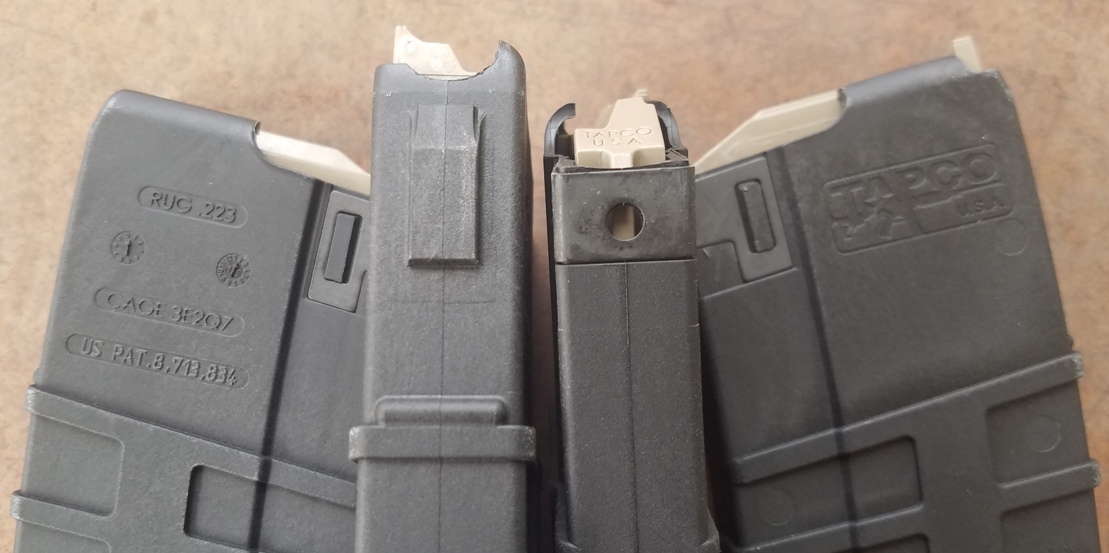
Basepad and follower
The magazine basepad and follower are going to seem familiar to anyone with a bunch of Magpul PMAGs. The followers are very non-tilt and they move smoothly up/down within the magazine body. The basepad is a bit chunky, but has a very easy to manipulate locking mechanism making magazine disassembly a breeze…much easier, IMHO, than GI AR mags.
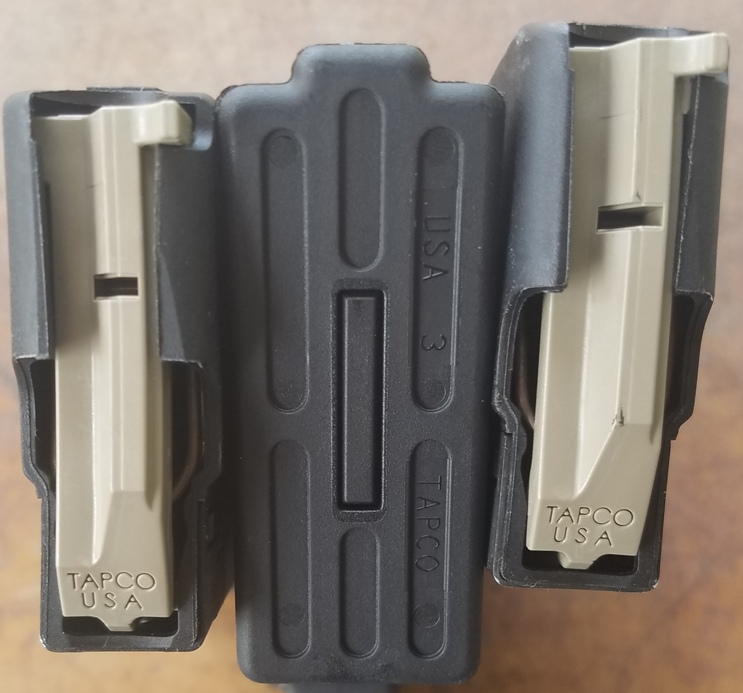
Legacy gear compatability
A big problem with polymer mags is that, dimensionally, they do not have the same ‘footprint’ as their metal counterparts. For example, a metal Mini-14 mag and the Tapco both hold 30-rounds but the Tapco is longer and a bit wider. This can cause problems in terms of fit in pouches that were designed, ostensibly, for AR mags. ‘Legacy’ gear..those AR pouches you’ve collected over twenty years…may not be the best fit for the bulkier Tapco mag. Modern pouches, though, often have adjustable flaps on them and those help tremendously.
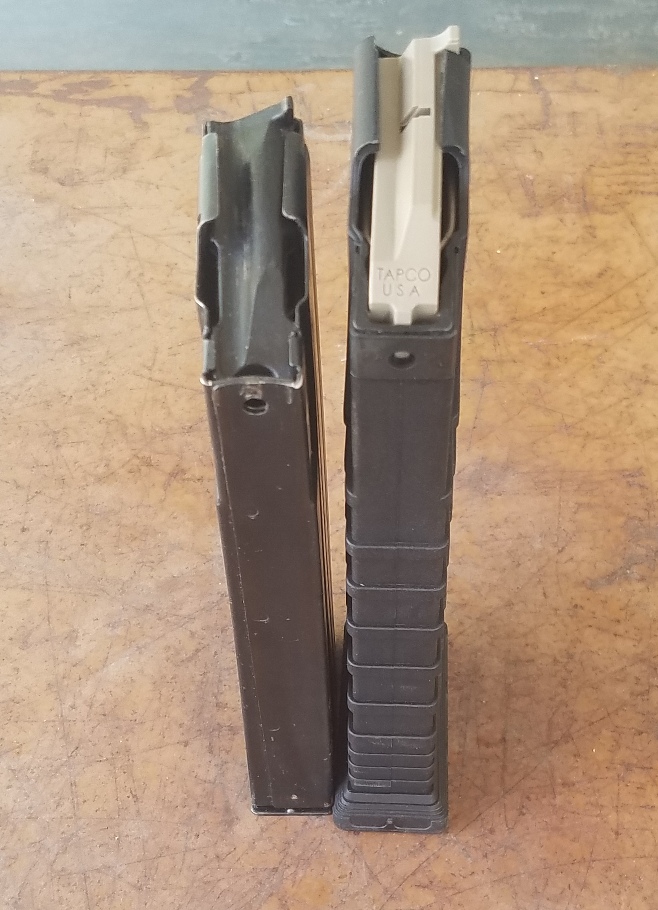 I found that the mags did fit in open-top pouches, although they were a tiny bit snug. In magazine pouches that utilize a flap closure, they did not fit unless the flap was adjustable.
I found that the mags did fit in open-top pouches, although they were a tiny bit snug. In magazine pouches that utilize a flap closure, they did not fit unless the flap was adjustable.
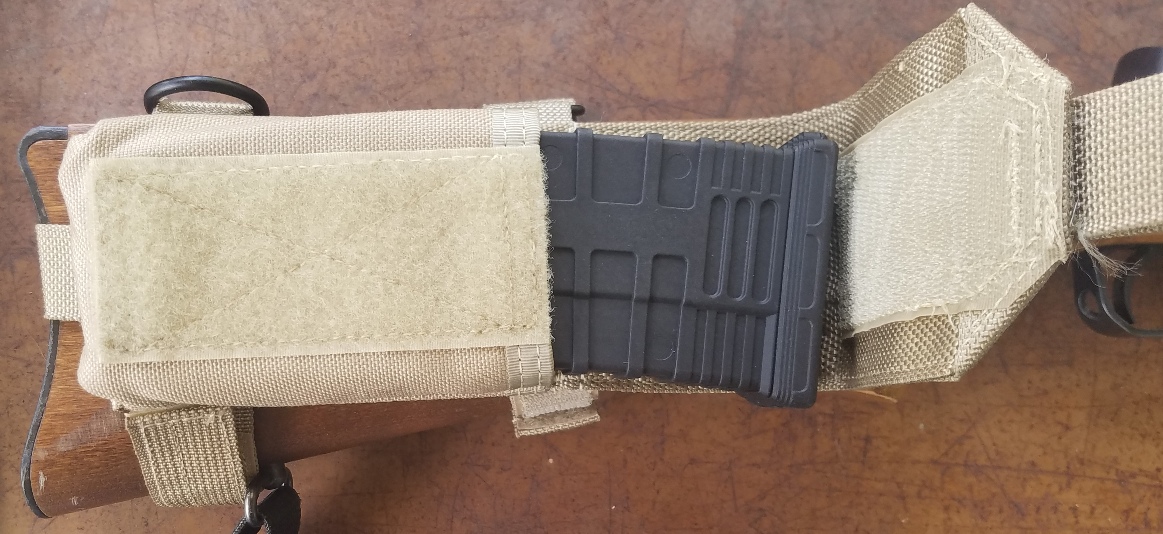
AR mag pouch with a non-adjustable closure flap. Tapco mag is too long to allow flap to close. Fortunately, most mag pouches with flap closures these days are adjustable.
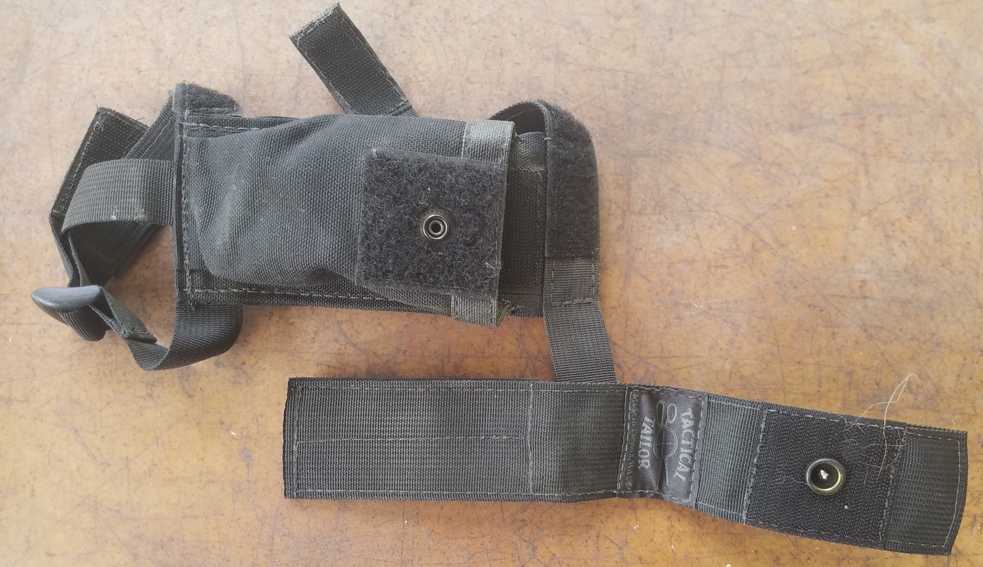
Tactical Tailor stock-mounted mag pouch for AR mags. Note that it has a velcro adjustable closure flap.
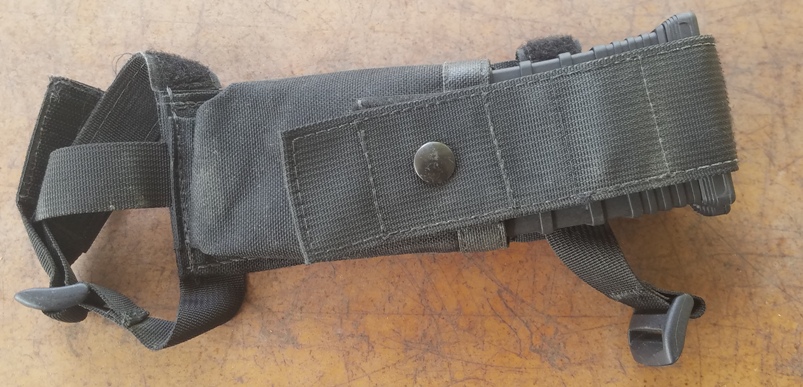
This mag pouch can do double-duty …. AR or Mini-14 mag. Or, really, any other similar magazine since the adjustable flap closure provides the ability to accommodate other mags.
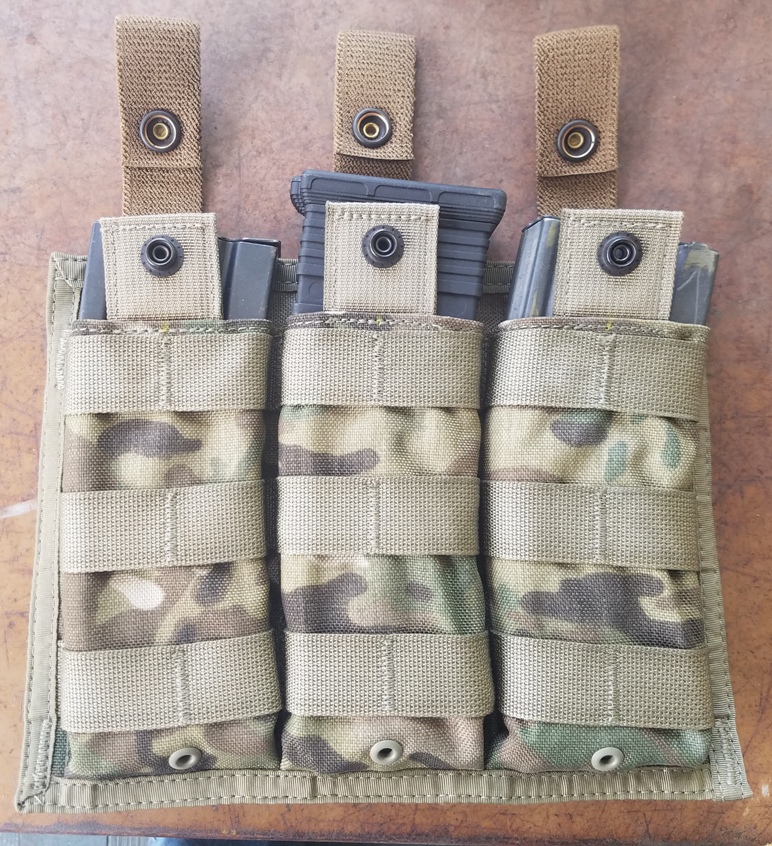
Single-mag pouches like this one work fine except the retention straps, though elastic, are a bit too short to accommodate the longer Tapco mag. Left: Metal Mini mag, Center: Tapco mag, Right: GI AR mag. SpecOps magazine pouch.
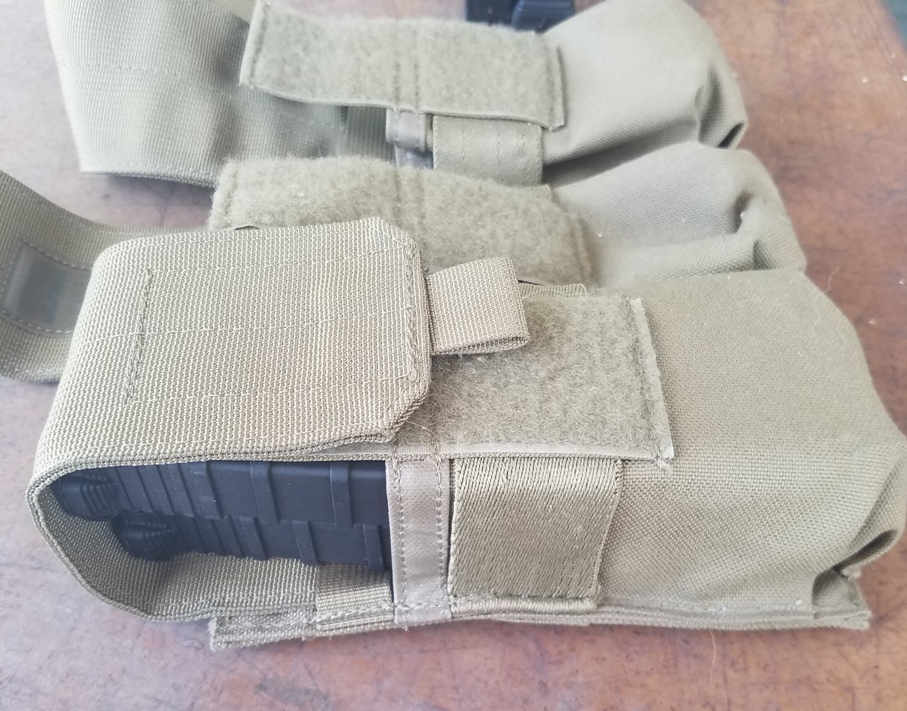
Double-mag pouch with velcro adjustable flaps holds two Tapco mags with no problem. Heavy ribbing on mags makes withdrawing one mag a little tricky. Pouch: Blackhawk
A possible issue (or non-issue) I noticed is that the Tapco mags have aggressive ribbing on the magazine bodies. You will get a sure grip on the magazine. However, stack two mags together in a pouch and one mag will get a sure grip on the other. If it’s a snug fit for two mags in your mag pouch, expect some ‘rim lock’ as you try to pull one mag out. Again, a single-mag pouch should be fine.
No stripper clip guides on the Tapco mag. Not sure if that’s important to you or not, but sometimes it’s a ‘nice to have’.
So, how’d they shoot? Shot fine. Put about a hundred rounds through them and didn’t have a hiccup. Mags fed fine, locked open on last round, seated and extracted just fine. Certainly a better performance than I got from the no-name aftermarket mag and about the same performance I would expect from a Ruger factory mag.
Pricing
Pricing? Well, retail is for suckers so I usually pay dealer prices. Dealer on these was around $12, so I would expect to see them in the wild around $19.99. For comparison, a Ruger factory mag is, dealer, $29.85. And that’s dealer price.
As I said, this isn’t a run-out-the-door rifle for me, so I’m okay with quality aftermarket mags. But…I wouldn’t feel terribly disadvantaged with these Tapco mags if I got dropped into Katrinaville with a Mini-14 and a dozen of these.
Historically, it has been a bigfoot-hunt to try and find an aftermarket mag for the Mini-14 that was reliable. The only aftermarket mag I ever found that worked perfectly in the Mini-14 platform was the old Eagle 35-rd mags and they haven’t made those since the ’90s. These Tapcos seem to have cleared the bar on a good aftermarket mag finally coming to market. Your mileage may vary, of course, but I ordered a dozen more for myself and think it was a very good purchase.
 It’s been sitting by the bed for…mmmm…the last15 years, at least. It wears some night sights that, really, I should be replacing and it also has a Streamlight M3. This is a weaponlight that, in todays world of high-tech, would not even rise to the level of airsoft. At the time I got it, which was probably 20 years ago, it was decent. But, time and tech march on. I was at a gun show today and thought perhaps it was time to up my game.
It’s been sitting by the bed for…mmmm…the last15 years, at least. It wears some night sights that, really, I should be replacing and it also has a Streamlight M3. This is a weaponlight that, in todays world of high-tech, would not even rise to the level of airsoft. At the time I got it, which was probably 20 years ago, it was decent. But, time and tech march on. I was at a gun show today and thought perhaps it was time to up my game. This is an Olight Valkyrie PL-Pro that I picked up at the gun show. It surpasses my ancient M3 in so many ways that the only real way to express it is through a picture:
This is an Olight Valkyrie PL-Pro that I picked up at the gun show. It surpasses my ancient M3 in so many ways that the only real way to express it is through a picture: And that is not with weak or dying CR-123’s in that M3. The simple truth is that battery and LED technology have advanced so far since I purchased the M3 that, compared to what is available now, the M3 doesn’t even clock in as ‘toy quality’.
And that is not with weak or dying CR-123’s in that M3. The simple truth is that battery and LED technology have advanced so far since I purchased the M3 that, compared to what is available now, the M3 doesn’t even clock in as ‘toy quality’. And…the unit has a low charge warning indicator, and a charging/full indicator on the charger. And that charger, by the way, attached magentically…which is kinda neat.
And…the unit has a low charge warning indicator, and a charging/full indicator on the charger. And that charger, by the way, attached magentically…which is kinda neat.

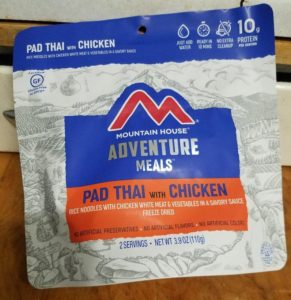





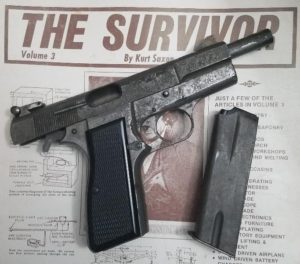
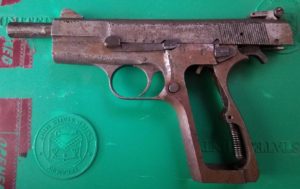
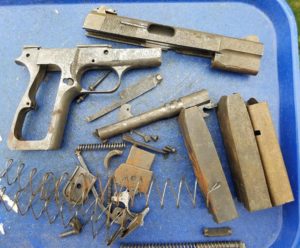
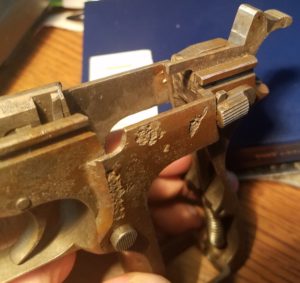

 And for full effect:
And for full effect:
 Now, let’s address an elephant in the room…yes, you can still see the deep pitting under the coating. Well duh. I didnt expect the coating to fill in potholes like those. Much like how there isn’t enough Bondo and tequila to make
Now, let’s address an elephant in the room…yes, you can still see the deep pitting under the coating. Well duh. I didnt expect the coating to fill in potholes like those. Much like how there isn’t enough Bondo and tequila to make 